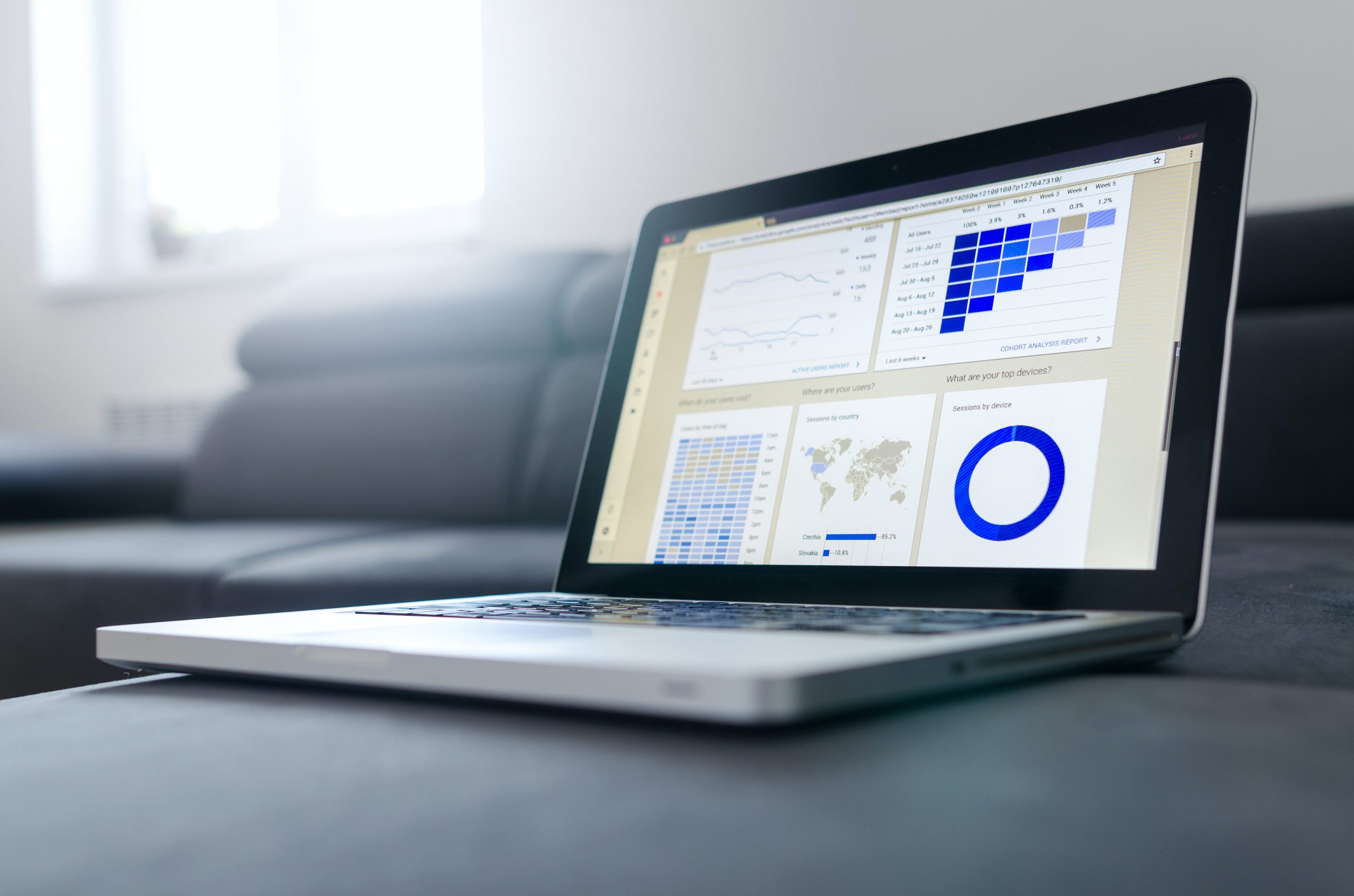Supply Chain Systems consists in three main things: information, material, and capital. To deal with the high volume of flows, companies need systems that help them manage this information.
However, the flux of information and products on supply chains aren’t linear as they move through many partners before reaching the destination. So, supply chain systems are responsible to make that happen.
Then, those systems coordinate the functions of a supply chain, making management and enterprise easier. For this, there are systems like Enterprise Resource Planning (ERP)
Firstly, supply chain systems is that it needs to be IT. Because they are complex and involve many aspects. They are intertwined and individual factors impact others. Usually, decision must be made using data from these systems.
ERP – Enterprise Resource Planning
They are a tool that works as a general ledger and central database for all the activities. They allow enterprises to organize process and data structure. ERP are a unified repository and make data available to all users.
They also help with redundant data, reducing non valued tasks. The major advantage of ERP systems is that it standardizes all process and make it more flexible.
But the drawbacks are:
- Significant implementation time.
- High cost maintance.
- Data errors ripple the system.
- High impact when the system is off.
The core of ERP systems, though, are customer manager, enabling order entry, promising and evaluate status. They allow marketing to set price schemes, promotions, and discounts.
In sum, as an ever-functioning system, they provide real-time profitability analysis, order configuration and management of schedules.
Procurement and Manufacturing Modules
On the manufacturing level, it includes MRP processing, order release, WIP management, cost reporting and shop floor control.
It can provide real time linkage of demand to supply management and serve as a primary interface to advance planning and scheduling optimization modules. There are benefits in other levels, such as procurement:
- Integrates procurement with supplier management.
- Facilitates purchase order processing, delivery scheduling, open order tracking.
- Creates requests for quotation (RFQ).
- Manages negotiation and pricing capabilities.
ERP in Logistics
Logistics is the interface between internal and external supply chain, in this scenario, ERP has a lot to offer. For instance, it runs the internal supply chain for the company.
It provides connectivity to remote trading partners, handle distribution channel configuration, warehouse activity, replenishment, planning, distribution order management and so on.
Types of Data for ERP
ERP needs a lot of data to function. So, it must capture volumes of different data from the logistics and supply chain flow. The three major forms of data to ERP are:
- Organization: the data that captures the structure of the enterprise, what need to be done, the strategy plan and tactical decisions.
- Master: the data from entities, like customers and vendors. It is the most used data because it is specific and uses materials differently.
- Transaction: the data from the outcome of the process’s steps. It comes from the organization or the situation. Include orders, invoices, and purchases.
Communication in ERP
ERP deals with the communication between partners. As it acts in a lot of different ways, it must have different protocols for each one. For example:
- Business-to-business (B2B): Commerce transactions between manufacturers, wholesalers, and retailers.
- Business-to-consumer: Sale transactions, between firms and consumers.
The difference between the two is that B2B is done trough a Eletronic Data Interchange (EDI), which is a computer-to-computer interchange of formatted messages representing documents other than monetary. It doesn’t need the human intervention.
The B2C is achieved trough a website or e-mail. The customer must seek the order and make it himself. It is completely controlled by the human intervention.
Why ERP is important to Supply Chaim Management
The greater advantages of using an ERP system are the reduction of the bullwhip effect, enabling widespread analytics and extending the enterprise. Let’s discuss each one of them.
In short, the bullwhip effect is the distortion of information leading to a increase in order fluctuations in the upstream supply chain. ERP reduce this phenomenon by extending visibility downstream to customer demand and upstream to participants.
The enabling of analytics is primarily retrospective. It serves as a ledger of the firm, providing financial snapshots. They also enable forms of Business Intelligence, making raw data into information.
Finally, the ERP system help extend enterprise in intra-firm process management to connect various departments and provide access to data.

